

Articles
How To Store Clothes In Attic
Modified: January 9, 2024
Learn the best methods for storing your articles in the attic and keep them in pristine condition. Maximize space and protect your clothes with these helpful tips.
(Many of the links in this article redirect to a specific reviewed product. Your purchase of these products through affiliate links helps to generate commission for Storables.com, at no extra cost. Learn more)
Introduction
Welcome to the world of attic storage, where you can safely keep your clothes and free up space in your home. The attic is a convenient and often underutilized storage area that can be a great solution for storing clothes that are not in regular use. Whether you live in a small apartment with limited closet space or simply want to declutter your living space, the attic can provide a practical storage option.
However, before you start stuffing your clothes into boxes and hauling them up the stairs, it’s important to take a strategic approach to storage. Properly storing clothes in the attic involves assessing your space, preparing your clothes, choosing the right storage containers, organizing your garments, protecting them from pests and moisture, and maintaining your storage area.
In this article, we will guide you through the step-by-step process of storing your clothes in the attic. By following these tips and tricks, you can ensure that your clothes remain in pristine condition and are easily accessible whenever you need them.
Key Takeaways:
- Properly preparing and organizing your clothes for attic storage is crucial to ensure they remain in excellent condition and easily accessible when needed.
- Safeguarding your clothes from pests and moisture, labeling and inventorying them, and maintaining the storage area are essential steps for successful attic clothing storage.
Read more: How To Store Books In Attic
Assessing Your Attic Space
Before you start storing your clothes in the attic, it’s crucial to assess the space available. Attics come in all shapes and sizes, and understanding the dimensions and conditions of your attic will help you plan for the storage process.
First, measure the height, width, and length of your attic space. This will give you an idea of how much clothing you can store and what type of storage containers will fit comfortably. Consider any obstacles or obstructions, such as beams or ventilation systems, that could limit your storage options.
Next, evaluate the temperature and humidity levels in your attic. Extreme temperature fluctuations and high humidity can damage your clothes, causing mold, mildew, and musty odors. Invest in a basic thermometer and hygrometer to monitor these levels regularly.
If your attic is susceptible to high temperatures or humidity, you may need to take additional measures to protect your clothes. Consider installing insulation or a dehumidifier to regulate the temperature and humidity. Alternatively, you could opt for climate-controlled storage containers or use moisture-absorbing packets to minimize the impact of moisture.
Lastly, assess the accessibility of your attic. If you have a ladder or stairs leading to the space, ensure they are in safe and sturdy condition. If accessing the attic is challenging, consider using storage containers with handles or wheels for easier transportation.
By thoroughly assessing your attic space, you can determine its capabilities and limitations, allowing you to make informed decisions while planning the storage of your clothes.
Preparing Your Clothes for Storage
Before storing your clothes in the attic, it’s essential to properly prepare them to ensure they remain in good condition. Here are some steps to follow:
1. Clean your clothes: Before storing your garments, make sure they are freshly laundered. Stains, dirt, and odors left on clothes can attract pests and lead to permanent damage. Follow the care instructions on the labels and use appropriate cleaning methods for different fabrics.
2. Repair any damages: Take the time to mend any loose buttons, tears, or loose threads on your clothes. This will prevent further damage during storage and ensure that your garments are ready to wear when you retrieve them.
3. Remove accessories: Take off any belts, scarves, or jewelry attached to your clothes. These accessories can cause snags or damage to the garments when stored in containers or bags.
4. Fold or hang properly: Depending on the type of clothing, decide whether to fold or hang them. Delicate items like dresses or blouses made from delicate fabrics are best hung to prevent creasing. Fold sturdier items like jeans, sweaters, and t-shirts. Use acid-free tissue paper to interleave between folded garments to prevent them from sticking together.
5. Use garment bags: For extra protection, consider using garment bags for delicate or special items such as formal dresses or suits. These breathable bags will help prevent dust, insects, and moisture from reaching your clothes.
6. Consider vacuum-sealed bags: If you are tight on space, vacuum-sealed bags can be a great option. These bags compress the clothes and remove excess air, minimizing the space required for storage.
7. Avoid plastic bags: While it may be tempting to use plastic bags for storing clothes, they can trap moisture and lead to mildew or mold growth. Opt for breathable storage containers or bags that allow airflow.
By taking the time to prepare your clothes properly, you can ensure they remain in excellent condition and are ready for use when you retrieve them from the attic.
Choosing the Right Storage Containers
When it comes to storing clothes in the attic, choosing the right storage containers is crucial for keeping your garments safe and well-preserved. Here are some factors to consider when selecting the containers:
1. Size and shape: Determine the appropriate size and shape of the containers based on your attic space and the amount of clothing you need to store. Consider stackable containers to maximize the use of vertical space and ensure stability.
2. Material: Opt for storage containers made from durable and lightweight materials, such as plastic or polypropylene. These materials are resistant to moisture and pests, providing an extra layer of protection for your clothes.
3. Lids and closures: Look for containers with secure lids or closures that keep out dust, bugs, and moisture. This will help maintain the integrity of your garments during storage.
4. Transparency: Choose containers that are transparent or have clear windows, allowing you to easily see the contents without the need to open them. This will make it convenient for finding specific items when needed.
5. Handles or wheels: Consider containers with built-in handles or wheels for easy transportation and accessibility in the attic. This will save you from struggling with heavy containers and make retrieving items more convenient.
6. Climate control options: If your attic is prone to extreme temperature fluctuations or high humidity, invest in climate-controlled storage containers. These containers regulate the internal temperature and humidity levels, providing optimal conditions for your clothes.
7. Sealable bags: For additional protection, use sealable bags for storing smaller items like accessories or delicate lingerie. These bags guard against moisture and keep similar items together, making it easier to find them later.
8. Acid-free containers: If you have delicate vintage or heirloom clothing, consider using acid-free storage containers. Acid-free materials prevent yellowing and discoloration that can occur over time.
By choosing the right storage containers, you can protect your clothes from dust, pests, and moisture, ensuring they remain in excellent condition until you’re ready to use them again.
Organizing Your Clothes
When it comes to storing clothes in the attic, organization is key. An organized storage system will not only make it easier for you to retrieve specific items but also help preserve the quality of your garments. Here are some tips for organizing your clothes:
1. Categorize by season or type: Sort your clothes into categories based on seasons. This will allow you to store off-season items separately, making it easier to access the clothes you need. You can also categorize clothes by type, such as shirts, pants, dresses, or accessories, to further streamline the organization process.
2. Use hanging storage for delicate items: Hang delicate or formal items like dresses, suits, and blouses to prevent creasing or wrinkling. Invest in sturdy hangers and use garment bags for added protection. Hang items in a designated area, separate from folded clothes, to keep them easily accessible.
3. Fold and stack folded clothes: Sturdy items like jeans, sweaters, and t-shirts can be folded and stacked neatly in containers. Fold them properly to prevent excessive creasing or damage. Place heavier items at the bottom and lighter items on top to maintain stability.
4. Utilize storage organizers: Make use of storage organizers, such as dividers, bins, or cubbies, to further compartmentalize your clothes. These organizers can help keep smaller items like socks, belts, or scarves separate and easily identifiable.
5. Arrange by frequency of use: Consider arranging your clothes based on how frequently you use them. Place the clothes you’re most likely to wear towards the front of the storage area for easy access. This way, you won’t have to dig through the entire storage space every time you need something.
6. Label containers: Label each container or storage organizer with its contents. This will save you time and effort when searching for specific items later on. Use clear, legible labels or color-coded tags for easy identification.
7. Maintain an inventory: Keep a written or digital inventory of the clothes you have stored in the attic. This will help you keep track of your items and prevent unnecessary searching or duplication of garments.
By organizing your clothes in a systematic manner, you can save time, reduce clutter, and easily locate the items you need when accessing your attic storage.
Read more: How To Store A Mattress In The Attic
Properly Storing Delicate or Special Items
When it comes to storing delicate or special items in the attic, extra care should be taken to preserve their quality and condition. Here are some tips for properly storing these items:
1. Use acid-free tissue paper: For delicate fabrics or garments made from natural fibers like silk or cashmere, use acid-free tissue paper to prevent discoloration or damage. Gently place the tissue paper between folds or layers to provide a protective barrier.
2. Use padded hangers: Delicate dresses, formalwear, or clothing with delicate straps or details should be stored on padded hangers. This prevents creases or imprints that may occur on thin or delicate fabrics.
3. Avoid wire hangers: Wire hangers can stretch or misshape delicate items, so it’s best to avoid using them. Opt for sturdy plastic or wooden hangers instead.
4. Wrap accessories separately: If you’re storing clothing accessories like belts, scarves, or hats, wrap them individually in acid-free tissue paper and store them in separate containers. This prevents snags or damage to both the accessories and the garments they’re stored with.
5. Avoid hanging heavy items: Avoid hanging heavy coats, fur garments, or beaded dresses as the weight can cause stretching or distortion. These items are best stored in protective garment bags or in flat containers with proper padding to maintain their shape.
6. Consider temperature and humidity: Delicate items may require specific environmental conditions to minimize the risk of damage. Consider using climate-controlled storage containers or adding moisture-absorbing packets to regulate humidity levels. Avoid storing delicate items in areas of the attic with extreme temperature fluctuations.
7. Check on stored items periodically: Regularly check on your delicate or special items to ensure they remain in optimal condition. Look for signs of mold, pests, or any damage. If necessary, move the items to a different storage location or take additional steps to protect them.
By taking extra precautions and following these tips, you can properly store delicate or special items in your attic, ensuring they remain in excellent condition and ready to use when needed.
Use airtight containers to protect clothes from dust and pests in the attic. Add cedar blocks or lavender sachets to keep them smelling fresh.
Protecting Your Clothes from Pests and Moisture
When storing clothes in the attic, it’s crucial to protect them from pests and moisture, as these can cause significant damage. Here are some effective methods for safeguarding your clothes:
1. Clean and dry clothes thoroughly: Before storing your clothes, ensure they are clean and fully dry. Any remaining stains or dampness can attract insects and contribute to mold or mildew growth.
2. Use mothballs or cedar blocks: Mothballs or cedar blocks can help repel pests, such as moths and silverfish, that may damage your clothes. Place them strategically within your storage containers to create a protective barrier.
3. Avoid using plastic bags: Plastic bags can trap moisture, leading to mold and mildew growth. Instead, opt for breathable storage containers or bags that allow air circulation. If you choose to use plastic bags, ensure they are completely sealed to minimize moisture penetration.
4. Consider using silica gel packets: Silica gel packets absorb moisture and help maintain a dry environment within your storage containers. Place a few packets in each container to reduce humidity and prevent mold or mildew growth.
5. Seal entry points: Seal any openings or cracks in your attic that could allow pests to enter. Check for gaps around windows, doors, or vents and use silicone caulk or weatherstripping to keep pests out.
6. Elevate storage containers from the floor: Keep your storage containers off the attic floor to prevent moisture seepage. Use pallets or wooden boards to create a raised platform for your containers, ensuring airflow and reducing the risk of water damage.
7. Inspect stored clothes periodically: Regularly inspect your stored clothes to check for signs of pests, mold, or moisture. If you notice any issues, take immediate action to resolve them, such as removing affected items or implementing additional protective measures.
8. Control humidity and temperature: Maintain a moderate temperature and humidity level in your attic. Excessive heat and humidity can accelerate the growth of mold, mildew, and pests. Consider using dehumidifiers, fans, or insulation to regulate the attic’s environment.
By adopting these protective measures, you can safeguard your clothes from pests and moisture, ensuring they stay in excellent condition throughout their time in attic storage.
Labeling and Inventorying Your Stored Clothes
Labeling and inventorying your stored clothes in the attic is essential for easy access and organization. It helps you quickly identify specific items without having to search through all your storage containers. Here are some steps to effectively label and inventory your clothes:
1. Use clear and legible labels: Label each storage container or bag clearly with the contents. Use a legible font size and consider using waterproof labels or markers to ensure the labels remain intact over time.
2. Create a detailed inventory: Maintain a written or digital inventory of all the clothes you store in the attic. Include details such as the item description, color, size, and any other relevant information. This inventory will serve as a reference guide when you need to locate specific items.
3. Organize your inventory: Arrange your inventory in a logical manner, such as by category, season, or type of item. You can create separate sections for clothes, accessories, or special occasions. This organization will streamline your search process and make it easier to navigate your inventory.
4. Consider using storage management apps: Utilize storage management apps or software to keep track of your clothing inventory. These tools often offer features like barcode scanning, photo uploading, and search functionality, making it even more convenient to manage and track your stored clothes.
5. Update your inventory regularly: As you store or retrieve items from the attic, make sure to update your inventory accordingly. This will keep your records accurate and up-to-date, preventing any confusion or misplacement of items.
6. Include any special instructions: If you have delicate or special items that require specific care or handling, include special instructions in your inventory. This can include instructions for cleaning, handling, or any precautions to be taken when retrieving or storing the item.
7. Keep your inventory easily accessible: Store your inventory in a place where it is easily accessible, such as a folder, electronic document, or cloud storage. This allows you to access your inventory whenever needed, whether you are at home or away.
By labeling and inventorying your stored clothes, you can easily locate specific items, maintain organization, and have a clear overview of your stored wardrobe in the attic.
Maintaining and Checking Your Storage Area
Proper maintenance of your storage area in the attic is essential to ensure the long-term preservation of your clothes. Regular checks and upkeep will help identify any issues that may arise and allow you to take proactive measures. Here are some tips for maintaining and checking your storage area:
1. Regular inspections: Schedule periodic inspections of your attic storage area. Check for signs of pests, mold, or water leakage. Look for any damage to containers, storage bins, or hangers that may compromise the integrity of your stored clothes.
2. Keep the area clean: Dust and clean the storage area regularly to prevent the buildup of dirt or debris that could damage your clothes. Wipe down shelves, vacuum or sweep the floor, and remove any cobwebs or insect nests.
3. Check for temperature and humidity levels: Monitor the temperature and humidity levels in your attic. Extreme fluctuations can be damaging to your clothes. Consider using a thermometer and hygrometer to ensure the conditions remain within acceptable ranges.
4. Insulate the storage area: Proper insulation can help regulate temperature and humidity in the attic. Insulate the walls, ceiling, and floor as necessary. This can help maintain a more stable environment for your stored clothes.
5. Address any issues promptly: If you notice any signs of pests, mold, or water leakage, take immediate action to address the problem. Remove affected items, clean the area thoroughly, and consider consulting professionals if necessary.
6. Rotate stored items: Over time, periodically rotate your stored clothes. This prevents excessive wear on specific items and helps evenly distribute the pressure on your clothing collection.
7. Avoid excessive weight: Do not overload storage containers or shelves with excessive weight. This can cause strain on the structure and risk collapse. Distribute the weight evenly and use sturdy and reliable storage solutions.
8. Reassess, declutter, and organize: Take the opportunity during your checks to reassess the clothes you have stored. Declutter items no longer needed or in use. Reorganize and optimize your storage system to ensure maximum efficiency.
By maintaining and regularly checking your attic storage area, you can stay proactive in preserving the quality of your clothes and address any issues that may arise promptly. This ensures that your stored clothes remain in good condition throughout their time in storage.
Read more: How To Store Sweaters In Closet
Retrieving and Using Your Stored Clothes
Once you’ve stored your clothes in the attic, it’s important to have a smooth process for retrieving and using them when needed. Here are some tips to help you easily access and utilize your stored clothes:
1. Plan your retrieval: Before going to the attic, determine which specific items or outfits you need. This will save you time and make the retrieval process more efficient. Having a clear plan will also prevent unnecessary rummaging through your stored clothes.
2. Dress appropriately: The attic environment can be dusty and possibly hot. Dress comfortably and wear protective clothing like gloves and a mask if necessary. This will help keep you comfortable and protect your clothes from any dirt or debris that may be present.
3. Use proper lifting techniques: If you have heavy storage containers or bins, use proper lifting techniques to avoid strain or injury. Lift with your legs rather than your back, and ask for assistance if needed.
4. Inspect retrieved items: Take a moment to inspect the clothes you retrieve from storage. Look for any signs of damage, pests, or moisture. If you notice any issues, separate the affected items and take appropriate actions, such as cleaning or repairing, before using them.
5. Freshen up the clothes: After being stored for some time, your clothes may have a slight musty smell. To freshen them up, hang them in a well-ventilated area or use fabric fresheners. You can also consider airing them outside for a short period, if weather permits.
6. Incorporate stored clothes into your wardrobe: As you retrieve and freshen up your stored clothes, find opportunities to incorporate them into your current wardrobe rotation. Mixing and matching old and new items can breathe new life into your outfits and provide you with additional styling options.
7. Properly store unused items: If you are returning any clothes to storage after use, ensure they are clean and fully dry. Fold or hang them as appropriate and return them to their designated storage containers. This will maintain their organization and keep your attic storage area tidy.
8. Update your inventory: After retrieving and using your stored clothes, update your inventory to reflect any changes. Keep your inventory accurate by noting which items were used and returned to storage, as well as any items that may have been removed permanently.
By following these tips, you can streamline the process of retrieving and using your stored clothes in the attic. This ensures that you make the most of your wardrobe while maintaining the organization and condition of your stored items.
Conclusion
Storing clothes in the attic can be a practical solution to free up space and declutter your living area. However, proper preparation and organization are key to ensuring your clothes remain in excellent condition when stored and easily accessible when needed. By following the tips and guidelines provided in this article, you can optimize your attic storage and protect your clothes from damage, pests, and moisture.
First, assess your attic space, taking into consideration its dimensions, temperature, and humidity levels. This will help you determine suitable storage options and make any necessary adjustments to create an optimal storage environment.
Prepare your clothes for storage by cleaning them thoroughly and making any necessary repairs. Sort and categorize your clothing items, folding or hanging them appropriately. Choose the right storage containers based on size, material, and features like lids or transparency.
Organize your clothes by season, type, or frequency of use to make retrieval easier. For delicate or special items, take extra precautions by using acid-free tissue paper, padded hangers, or garment bags. Protect your clothes from pests and moisture by using mothballs, cedar blocks, or silica gel packets.
Label and inventory your stored clothes to maintain organization and easy identification. Regularly maintain and check your storage area for any issues, addressing them promptly to preserve the quality of your clothes. Retrieve and use your stored clothes in a planned and efficient manner, taking care to inspect and freshen them up before incorporating them back into your wardrobe.
In conclusion, proper storage and care of your clothes in the attic can help you maximize space, keep your wardrobe organized, and extend the lifespan of your garments. By following these guidelines, you can ensure that your clothes remain in excellent condition and ready for use whenever you need them. So go ahead, make the most of your attic storage and enjoy a clutter-free living space!
Frequently Asked Questions about How To Store Clothes In Attic
Was this page helpful?
At Storables.com, we guarantee accurate and reliable information. Our content, validated by Expert Board Contributors, is crafted following stringent Editorial Policies. We're committed to providing you with well-researched, expert-backed insights for all your informational needs.


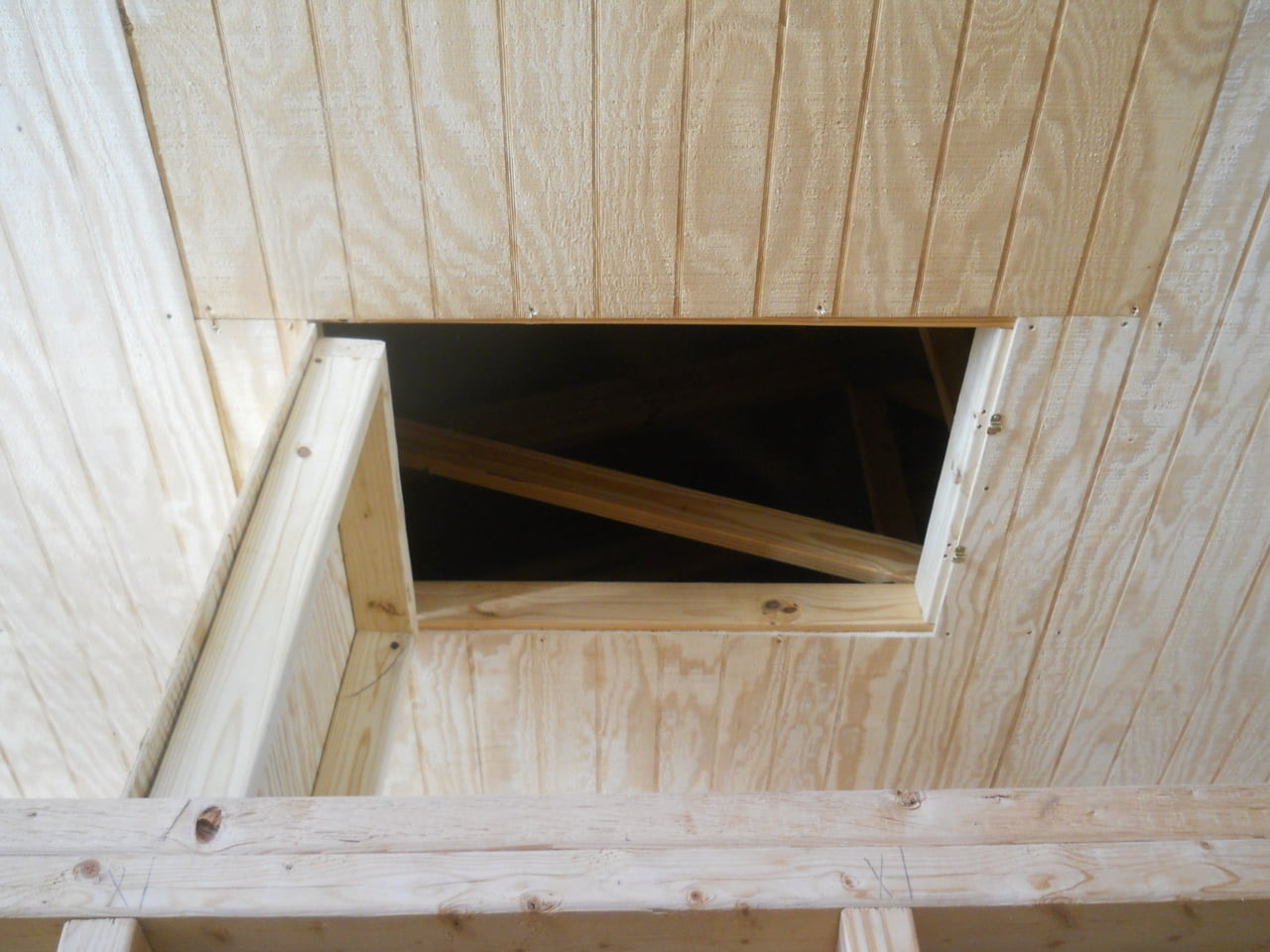



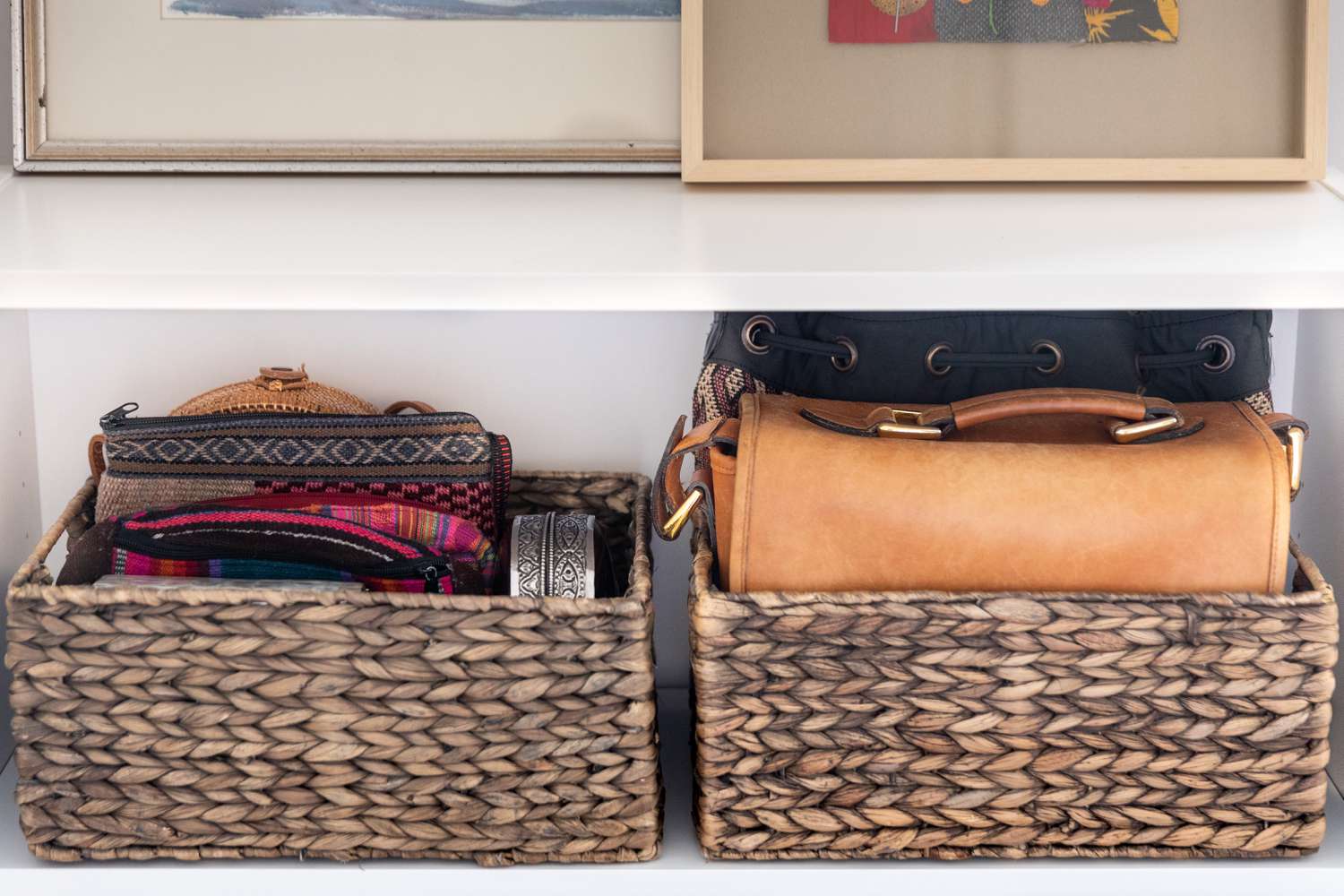
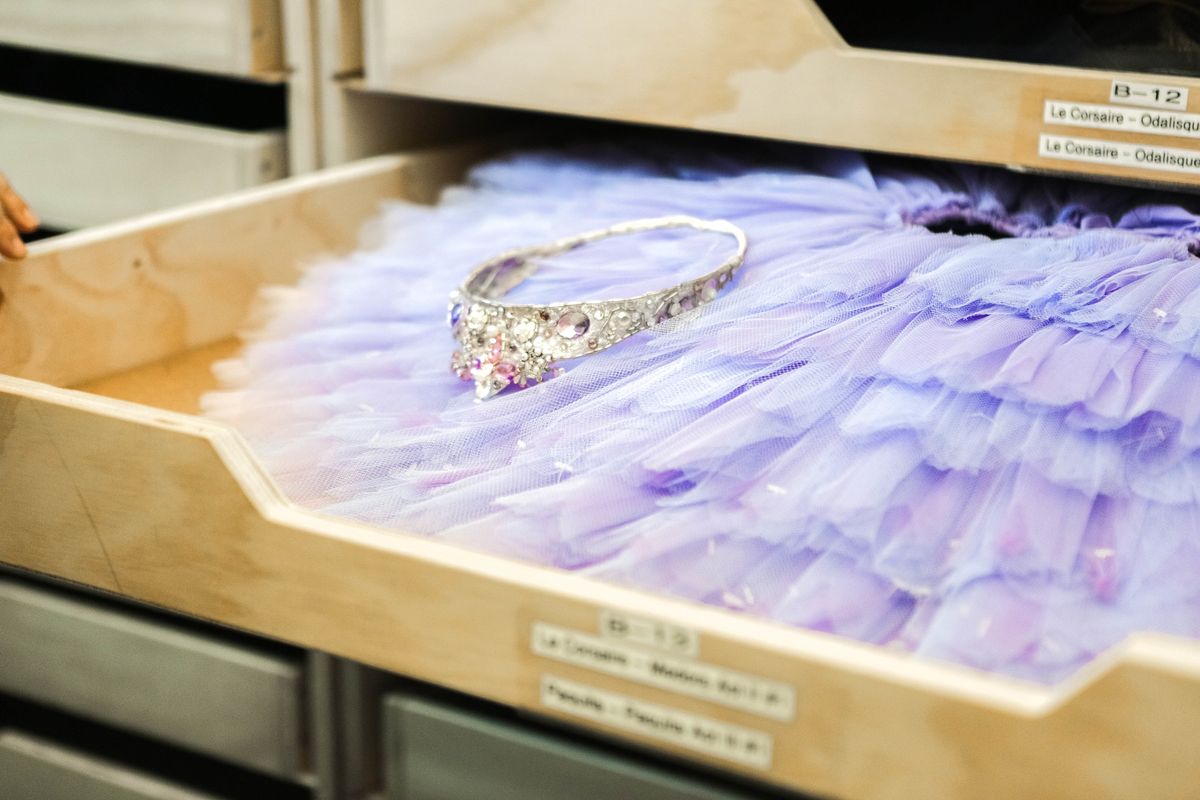



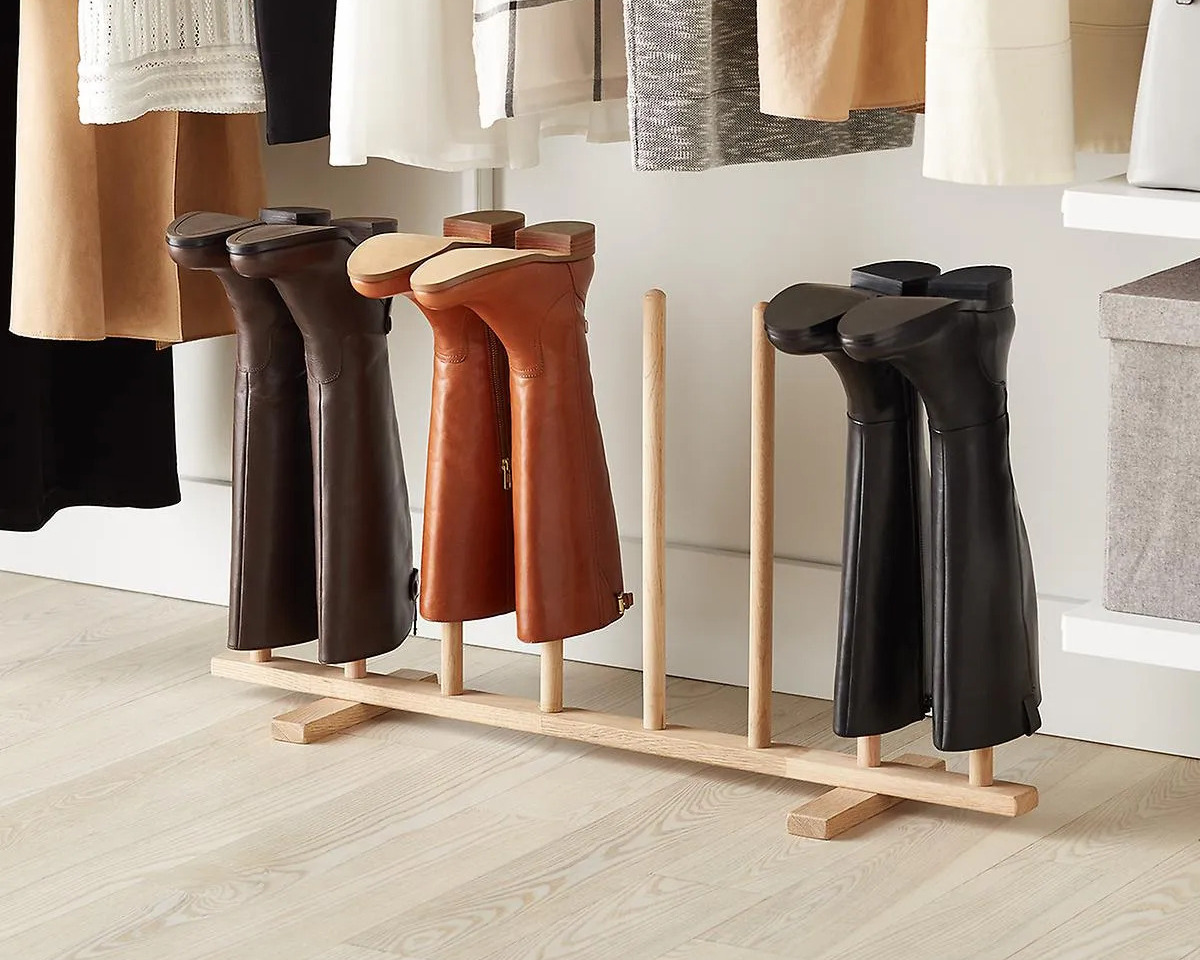
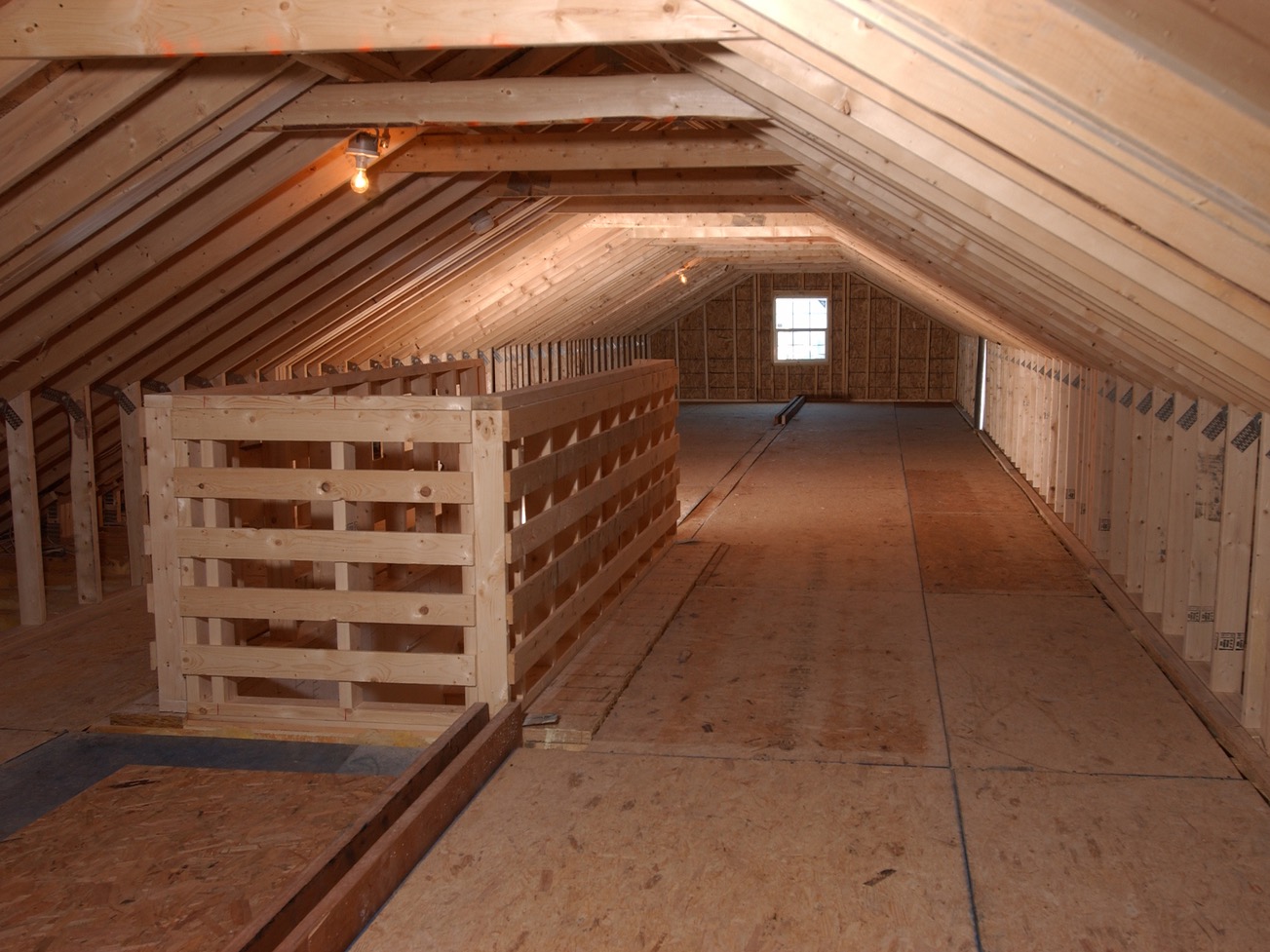

0 thoughts on “How To Store Clothes In Attic”